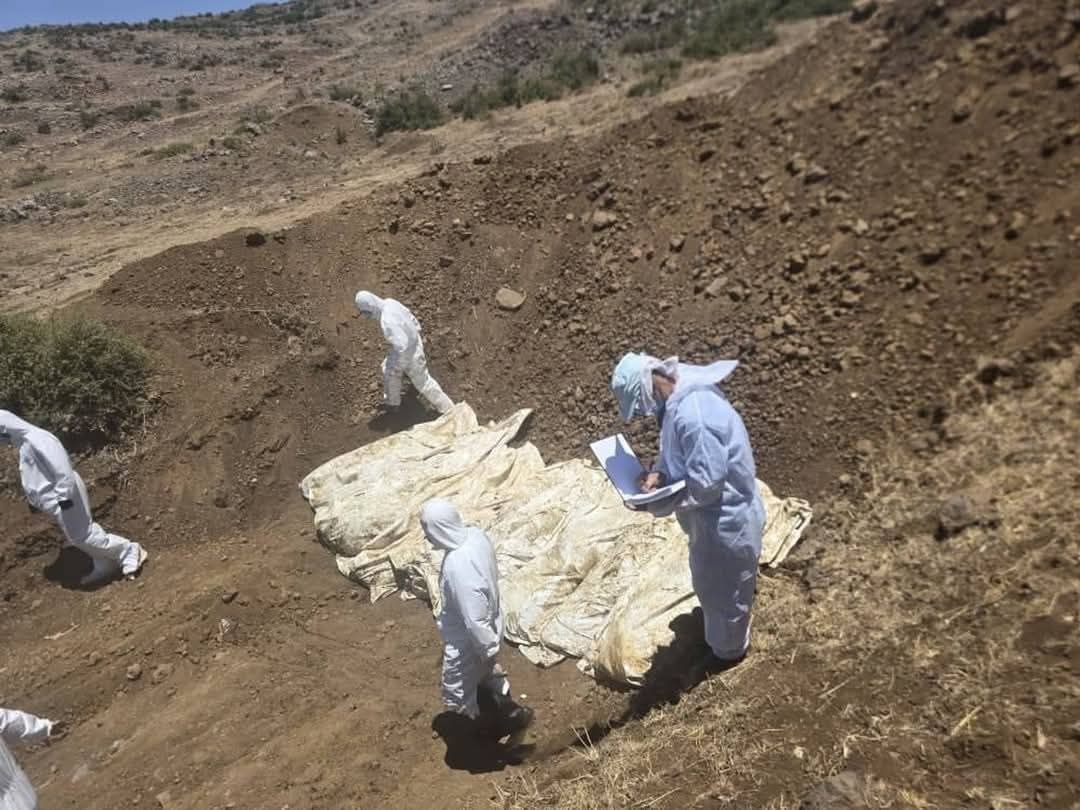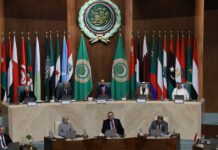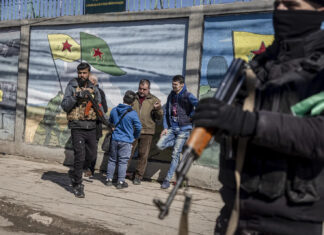
Conflicting reports have emerged following the July 16 massacre at Suwayda National Hospital, where dozens of bodies were discovered after days of violent clashes in southern Syria. While a BBC report attributed the killings to Syrian government forces, field investigations and video evidence suggest otherwise.
According to a timeline reconstructed by the investigative platform Eekad, armed Druze factions—specifically fighters aligned with Sheikh Hikmat al-Hijri—had encircled and seized control of the hospital by the evening of July 15. Video footage published and geolocated by Eekad shows Druze fighters declaring control of the surrounding streets and threatening to eliminate security forces trapped inside. Hours later, a Druze elder publicly stated the “elements inside were eliminated.” By the time government forces entered the facility, the hospital had already become a site of a massacre.
Disputed Victim Identities and Unanswered Questions
The Syrian Ministry of Health confirmed the discovery of dozens of bodies, identifying the dead as a mix of civilians and members of the General Security and Army. However, many of the deceased were buried in unmarked mass graves without documentation or public mourning—an unusual practice in Suwayda, raising questions about their true identities.
Zaman Al-Wasl reported that at least 134 bodies were buried across multiple locations under the direction of Hijri-aligned forces, often with bulldozers and no forensic oversight. Analysts and eyewitnesses speculated that many victims may have been security personnel or Bedouin civilians caught in the siege.
“Since when are civilians buried anonymously, in silence, by militias?” asked legal expert Manhal al-Alou in a Facebook post. He described the event as a “genocidal massacre,” citing reports of killings by gunfire, suffocation, and knives.
Media Framing and a History of Incomplete Reporting
The BBC’s report, filed by veteran correspondent Jon Donnison, placed blame squarely on Syrian government forces without fully examining the timeline and documented evidence such as numerous videos. Donnison has previously faced criticism for misreporting events, including the 2023 Ahli Hospital explosion in Gaza, where he mistakenly circulated an unrelated image of a Syrian child, in Syria, as a Palestian child in Gaza. He was later publicly corrected by BBC’s own editorial staff due to hastily assigning culpability in the Gaza hospital attack before the facts could be fully gathered and examined.
“[Donnison] was wrong to speculate about the cause of the explosion of the hospital … but nonetheless, when the impression is left that we’ve speculated, [it] is important to correct that which we’ve done,” said BCC journalism chief bout the incident.
Critics argue that Donnison’s Suwayda coverage may have similarly failed to investigate competing accounts or weigh verifiable evidence. While the BBC relied on a narrow set of witness testimonies, Eekad’s analysis incorporated video geolocation, timestamps, and public statements by Druze leaders—factors that appear to have been overlooked.
A Complex and Unresolved Story
While definitive accountability for the massacre remains under investigation, current evidence points to a far more complex scenario than initial headlines suggested. The narrative that Syrian government forces attacked a functioning hospital does not align with field evidence showing that armed factions had already seized the site and engaged in lethal violence.
The events at Suwayda National Hospital illustrate the danger of rushing to judgment, particularly in high-stakes conflicts where both local and international actors compete to control the narrative.








